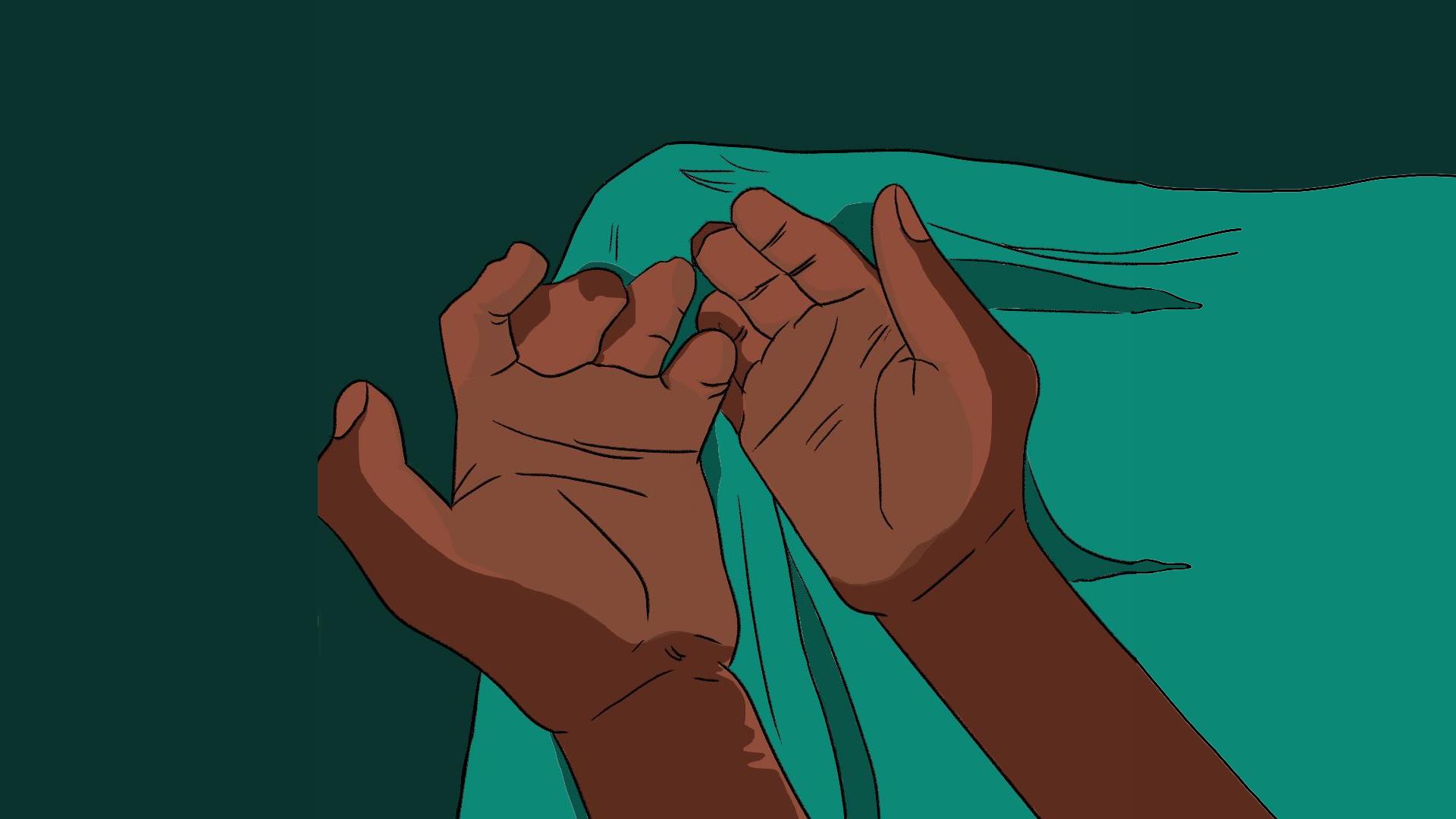🎧 Listen to: Leprosy

Leprosy
Introduction: Leprosy in Africa
Leprosy, also known as Hansen’s disease, is a bacterial infection that has affected people for centuries. Although many think it is a disease of the past, leprosy still exists today, particularly in some parts of Africa, Asia, and South America. According to the world health organization (WHO), Africa recorded over 20,000 new cases of leprosy in 2022. Countries like Nigeria, Ethiopia, and Madagascar have reported significant cases.
The good news is that leprosy is curable, and treatment is available for free. However, many people in Africa still suffer because of delayed diagnosis, stigma, and myths surrounding the disease. This article breaks down everything you need to know about leprosy in a simple and practical way.
What is leprosy?
Leprosy is a long-lasting (chronic) disease caused by a slow-growing bacterium called Mycobacterium leprae. This disease mainly affects the skin, nerves, and sometimes the eyes and respiratory system. If left untreated, it can lead to severe disabilities and deformities.
Leprosy has been mentioned in the Bible and historical records dating back thousands of years. In many African communities, those with leprosy have often been isolated or feared. But today, science has proven that leprosy is not as contagious as people once believed, and with early treatment, a person can be completely cured without any disabilities.
How common is leprosy in Africa?
Leprosy still exists in many African countries, though it is not as common as malaria or tuberculosis. Here are some key facts:
- In 2022, over 200,000 cases of leprosy were reported worldwide, with over 20,000 cases in Africa.
- Countries with the highest cases in Africa include Nigeria, Ethiopia, Madagascar, DR Congo, and Mozambique.
- Many cases go undiagnosed because people hide their symptoms due to stigma and fear of rejection.
- Early diagnosis and free treatment have helped reduce the number of cases significantly.
How does leprosy spread?
Many Africans believe that leprosy is a curse or punishment from the gods, but this is false. Leprosy is caused by bacteria and spreads in the following ways:
- Through prolonged close contact with an infected person.
- Coughing or sneezing by someone who has untreated leprosy.
- It does not spread through casual contact, like shaking hands or sharing meals.
- It does not spread from a mother to an unborn baby.
Leprosy is not highly contagious, meaning you cannot catch it easily. Most people who come into contact with the bacteria never develop the disease because their immune systems fight it off.
Signs and symptoms of leprosy?
Leprosy develops slowly over time, sometimes taking 5 to 20 years before symptoms appear. Early detection is key to preventing complications. Look out for these warning signs:
- Skin changes:
- Patches of skin that are lighter or darker than normal.
- Loss of feeling (you don’t feel pain, heat, or touch in those areas).
- Dry, cracked skin that does not heal.
- Nerve damage:
- Numbness in the hands, feet, or face.
- Weak muscles, making it difficult to grip objects or walk properly.
- Burns or cuts that you don’t feel.
- Other symptoms:
- Nosebleeds and stuffy nose.
- Loss of eyebrows and eyelashes.
- Ulcers (sores) on the skin.
If you or someone you know has these symptoms, visit a health center immediately. Early treatment can prevent permanent damage.
Types of leprosy?
Leprosy is classified into three main types based on how the body reacts to the bacteria:
- Tuberculoid leprosy: Mild form with a few skin patches. The immune system is strong.
- Lepromatous leprosy: Severe form with widespread skin bumps, nerve damage, and organ involvement.
- Borderline leprosy: A mix of both types, with moderate symptoms.
How is leprosy diagnosed?
Doctors diagnose leprosy through:
- Physical examination: Checking for numb patches on the skin.
- Skin biopsy: Taking a small piece of skin for laboratory testing.
- Lepromin skin test: A test to check immune response.
Treatment for leprosy?
Leprosy is 100% curable if treated early. The world health organization provides free treatment worldwide. The main treatment is called multidrug therapy (MDT), which consists of antibiotics like:
- Dapsone (Aczone)
- Rifampin (Rifadin)
- Clofazimine (Lamprene)
Treatment usually lasts 6 months to 1 year. In severe cases, it may take longer. Once a person starts treatment, they can no longer spread the disease to others.
Complications of untreated leprosy?
If left untreated, leprosy can cause serious disabilities and health problems:
- Permanent nerve damage: Leading to loss of feeling in hands and feet.
- Muscle weakness: Making it difficult to walk or use hands properly.
- Blindness: Due to eye damage.
- Facial disfigurement: Including loss of nose structure.
- Amputations: Fingers or toes may need to be removed due to severe infections.
How to prevent leprosy?
Even though leprosy is not highly contagious, taking precautions can help:
- Early detection and treatment: If you suspect symptoms, visit a clinic immediately.
- Avoid prolonged close contact with untreated patients.
- Maintain good hygiene and a strong immune system.
- Vaccination: The BCG vaccine (used for tuberculosis) may offer some protection against leprosy.
Leprosy and stigma: Breaking the myths?
Many Africans avoid seeking treatment because of fear, stigma, and misinformation. Some believe leprosy is a curse or punishment from ancestors. This is not true. Leprosy is just a disease like malaria or typhoid, and it is completely curable.
If someone has leprosy:
Do not isolate them: Encourage them to seek treatment.
Do not be afraid: It does not spread through casual contact.
Support and educate others: Helping people understand the truth reduces stigma.
